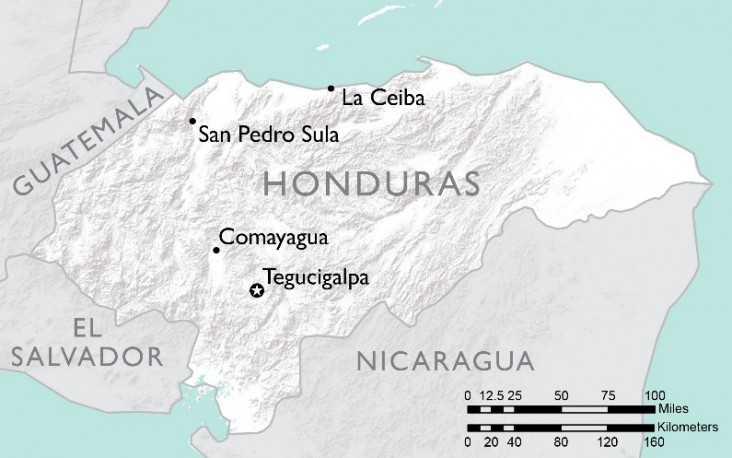Home » What We Do » Agriculture and Food Security » Food Assistance » Country Fact Sheets » Food Assistance Fact Sheet - Honduras
- What We Do
- Agriculture and Food Security
- Democracy, Human Rights and Governance
- Economic Growth and Trade
- Education
- Ending Extreme Poverty
- Environment and Global Climate Change
- Gender Equality and Women's Empowerment
- Global Health
- Water and Sanitation
- Working in Crises and Conflict
- U.S. Global Development Lab

September 25, 2017
Situation
- Honduras is a lower-middle income country, in which more than 65 percent of the population lives below the poverty line and one in four children suffers from chronic malnutrition. Four years of consecutive drought in Central America’s Dry Corridor—a region that encompasses a portion of southern Honduras—have exacerbated food insecurity among poor households. The Caribbean coast regions of Honduras are also vulnerable to hurricanes during the tropical storm season, which typically lasts from June to November.
- In Honduras, consecutive droughts have adversely affected staple crop production and the availability of employment opportunities, making it more difficult for poorer families to afford enough to eat. However, according to the Famine Early Warning Systems Network (FEWS NET), grain crops are developing normally and a seasonal increase in agricultural employment opportunities and household incomes is expected to improve food security from Stressed (IPC 2) to Minimal (IPC 1) levels from September onwards. Households most heavily affected by consecutive years of crop losses, however, continue to face limited access to employment activities and are expected to continue to experience Stressed levels of food insecurity through January 2018.
* The Integrated Phase Classification (IPC) is a standardized tool that aims to classify the severity and magnitude of food insecurity. The IPC scale, which is comparable across countries, ranges from Minimal (IPC 1) to Famine (IPC 5).
Response
- USAID Office of Food for Peace (FFP) supports the UN World Food Program (WFP) to provide cash-for-assets activities reaching approximately 7,600 vulnerable, drought-affected households in Lempira Department in the western part of the Dry Corridor. In exchange for participating in asset creation activities—including efforts to improve the productivity of agricultural land, construction of hygiene infrastructure, rehabilitation of family gardens and agroforestry projects—households receive cash transfers for food. This assistance allows families to purchase nutritious foods, while supporting local markets and agricultural producers whenever possible.
- In coordination with local governments and non-governmental organizations, WFP also supports community-level capacity building programs, such as training on nutrition, agricultural practices and positive gender dynamics.
Food for Peace Contributions
Total Contributions:
| U.S. Dollars | Metric Tons | |
|---|---|---|
| Fiscal Year 2017 | $3.5 million | -- MT |
| Fiscal Year 2016 | $6.3 million | 480 MT |
| Fiscal Year 2015 | $2.5 million | 170 MT |







Comment
Make a general inquiry or suggest an improvement.